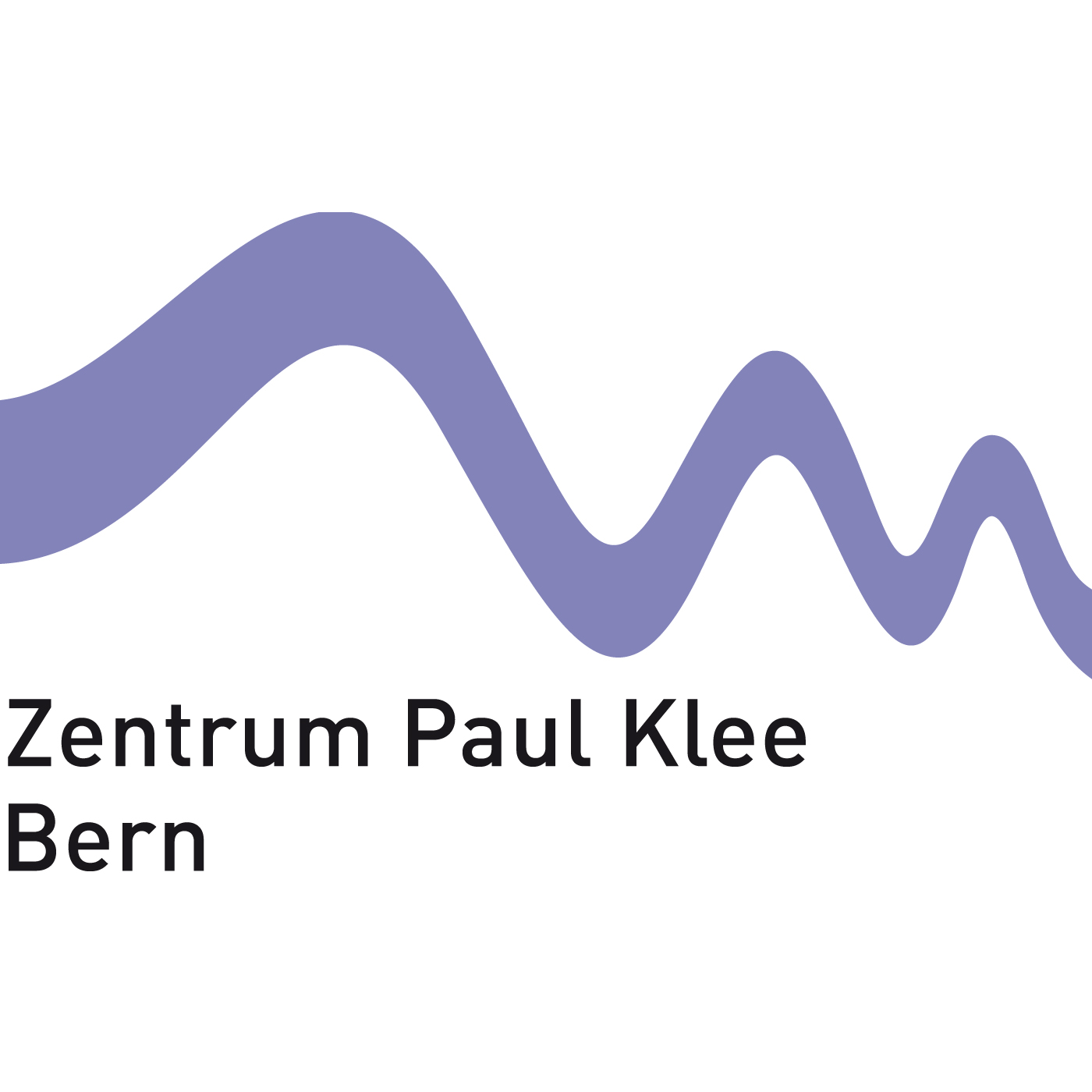Paul Klee - Bucket and watering can, 1910
Description
In his black watercolours he laid layer after layer of black, almost transparent paint on the paper and in the superimposition of the layers he achieved a nuanced gradation of light and ark. In "Bucket and watering can", 1910, he continued this process in gentle watercolour tones. Here too he placed almost transparent layers of colours side by side and above all over one another. In the process the motif gradually disappears in the flatness of the application of paint. The outlines become vague, as they often flow together with the surroundings. There is a complete lack of drawn detail. The fleeting nature of the composition and its high level of abstraction recall Japanese ink-wash painting.
More Episodes
At the time around 1919, after his experiences in the 1st World War and his first successes in the art market, Paul Klee took up the theme of personal awareness and self-reflection in numerous self-portraits. The best known of these is the pencil drawing «Absorbtion». Klee’s theme here was less...
Published 03/17/17
You would not want to meet Paul Klee’s "hungry girl" from 1939 in a dark alley at night. It shows a girl as a tooth-baring beast with glaring eyes. Nothing remains of a human being, let alone a sweet little girl. Its whole appearance is animal-like, even down to the little lines that Klee uses...
Published 03/17/17
The doll with purple ribbons appears strange. The androgynous mixed being seems to float in space as though directed by an invisible hand. For the first time in Klees work a humanlike figure is shown as a marionette, a motive which in his later work gained great importance. The doll behaves...
Published 03/17/17


